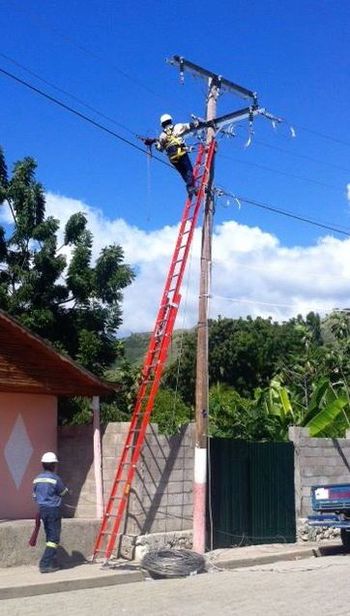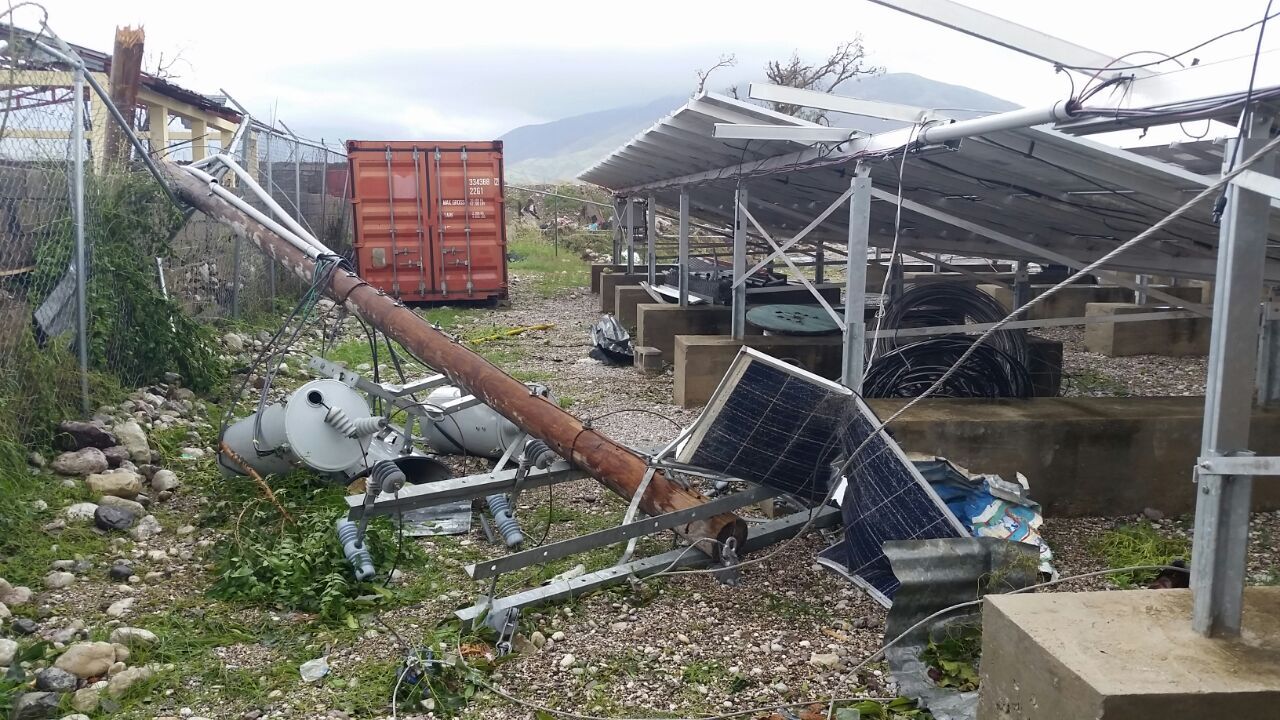|
While community-scale microgrids hold enormous potential to expand energy access across rural Haiti, the process of developing these microgrids is not fully clear and not without risk. The risks can always be overcome, of course, but getting to an investable model for microgrid development is far from clear-cut - or easy! Legal and Regulatory Risk Just before former president Michel Martelly left office, he released three decrees related to the electricity sector in Haiti. These decrees have been a cause for debate ever since as they have the potential to completely transform the existing regulatory environment for all aspects of the electricity sector in Haiti. The decrees never fully entered into effect, and, more than a year later, it is unknown if and how these decrees will be implemented. The new president has stated that electricity will be a priority, and there is great potential for President Moïse and his government to unlock microgrid potential for rural Haiti with thoughtful electricity regulation. (More on that here.)
As much as everyone works toward integrated, plug-and-play microgrids, they are not yet the norm. For each grid, it takes several teams worth of effort to locate specialized parts, build custom systems, and employ local electricians to install necessary wiring in customer’s homes. Beyond spinning off SparkMeter, EarthSpark works closely with technology providers to ensure that their products and services will function well in the rugged and remote environment of rural Haiti. It turns out, alas, that there are no "easy parts" to microgrid electrification. Environmental Risk In October of 2016, Hurricane Matthew hit the coast of Haiti. The town of Les Anglais, where EarthSpark’s energy access microgrid is located, was at the center of the storm. It was a 50 year storm 1.5 years into the Les Anglais grid operations. Communication was lost with the Haiti team for a total of three days. After communication was reestablished, the scope of the devastation in the wake of the storm was revealed. 40% of the microgrid’s solar panels were lost in the storm and the distribution system was rendered inoperable. Power electronics and the battery bank managed to survive the storm undamaged. Sadly, much of Les Anglais was destroyed in the hurricane and many lost their homes along with the structure and home wiring required to safely reconnect to grid electricity. Theft Risk Theft of physical assets and theft of electricity remain risks throughout the lifetime of the infrastructure. 15 cases of electricity theft have occurred since the microgrid launched in 2015. Sadly one of those cases was perpetrated by Enèji Pwòp's own (former) technician. Neither technical nor social approaches can alone solve theft, thus EarthSpark has been using a combination of both community engagement and technology to combat this problem. An energy advisory committee leads community meetings and customer checks, and totalizer meters automatically detect and approximate losses from energy theft, sending alerts in the case of any discrepancies. Political Risk Delays in the presidential election cycles caused an ongoing political crisis in Haiti which were not resolved until early 2017. Uncertainty around the national political cycle and outcomes have led to widespread hesitation on the part of international organizations and external funders as well as difficulty in gaining clarity in the regulatory environment. Furthermore, without clarity on the concession process, upholding negotiated concessions can be difficult when new municipal authorities are elected. “De-risking by Doing” Though these risks combined may seem overwhelming, microgrids are worth pursuing. All new technologies and new markets face hurdles. With the approach of “de-risking by doing” EarthSpark is methodically pushing through the risks and, seeking all stakeholders' input, working to establish a clear path for widespread microgrid development in Haiti. That is why right now we are pursuing the goal of establishing 3 additional grant-funded microgrids. The next grid is planned to launch in the fishing town of Tiburon, less than an hour’s drive from Les Anglais. The additional two grids will also on Haiti's southern peninsula. With Haiti's new government poised to modernize rural Haiti with thoughtful, microgrid-enabling regulation, these three grids can serve as points of practical collaboration for which the regulation and processes must work. Alongside the work developing the next three grids, our team is also building the plan for the next 20. In the long story of moving microgrids towards market for rural Haiti, we are at an exciting moment of momentum and opportunity.
1 Comment
cherubin
8/11/2017 12:20:34 pm
when the lesnglais grid could be in operation again
Reply
Your comment will be posted after it is approved.
Leave a Reply. |
EarthSpark supporters make our work possible. Thank you for considering a donation towards eliminating energy poverty in Haiti.
Read the full blog - click here!
|
EarthSpark International is a non-profit 501(c)3 organization.


